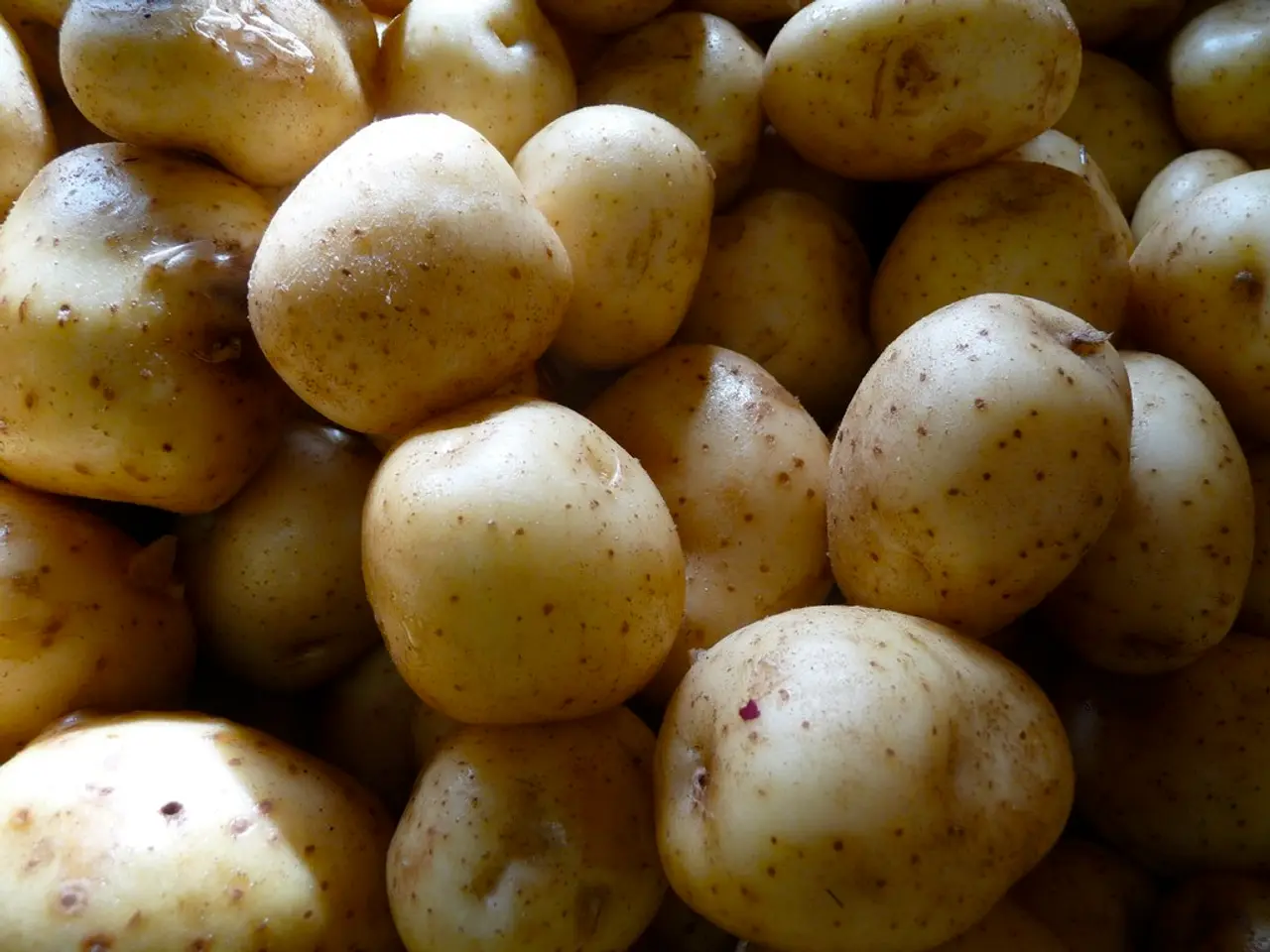Despite the persistent rains, Belarusian farmers anticipate a harvest of potatoes that will not be worse.
Heavy Rains Pose Challenges for Belarusian Potato Harvest
Recent heavy rainfall in Belarus has created unfavourable conditions for the potato harvest, increasing the risk of late blight, a disease that can severely damage potato crops.
Excessive moisture from heavy rains increases the risk of late blight outbreaks, which thrive in wet environments. To combat this, Belarusian farmers and agrarians are taking several measures to improve potato storage and control late blight.
Improved storage facilities, especially those with proper ventilation and temperature control, limit post-harvest losses. Fungicide applications and integrated pest management techniques are widely recommended to address late blight threats exacerbated by wet conditions.
In addition, agrarians are first cutting the foliage in the fields and waiting at least two weeks before starting the harvest to allow the potatoes to dry out and improve their storage life. This strategy is particularly important in regions where constant rains may affect the storage life of the potato crop.
While some regions, such as the Gomel region, are reporting having the best potatoes they've ever had, with large and beautiful potatoes being harvested earlier than usual, others are struggling to save their potato harvest due to heavy rains. Dacha owners and farmers in Minsk and Vitebsk regions are taking measures such as digging trenches and treating their crops with protective chemicals to save their harvest.
In the Brest region, residents are complaining about a lack of moisture, causing their ponds to dry up, so the situation with potatoes remains uneven and varies from region to region.
Sergei Primachenko, chairman of the committee on agriculture and food of the Minsk regional executive committee, stated that the area allocated for potatoes in the region has been increased by almost 1,500 hectares compared to last year.
Despite the challenges, leaders and agronomists of agricultural enterprises assure that potatoes will be ready by fall. Some dacha owners and farmers in less affected regions are boasting about a rich harvest that ripened earlier than usual, with potatoes being dug up in August. However, some dacha owners and farmers in regions affected by heavy rains are not optimistic about their future potato harvest and predict a shortage by fall, at least on their own scale.
The Council of Ministers has determined how much potatoes and apples should be stockpiled in the state reserves for Belarusian stores by fall 2025, but the Ministry of Agriculture and Food of Belarus has not provided any new information about this matter. The Ministry advises alternating certain chemicals to save potatoes from late blight, which is currently the main epidemic disease affecting crops during their growing season.
Social media has been flooded with videos of flooded gardens, with some potato patches resembling swimming pools. Despite these challenges, Belarusian farmers and agrarians are working tirelessly to ensure a successful potato harvest this fall.
What is the impact of the heavy rains on the Belarusian potato harvest? The excessive moisture from the heavy rains increases the risk of late blight outbreaks, a disease that thrives in wet environments.








